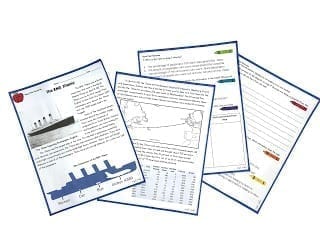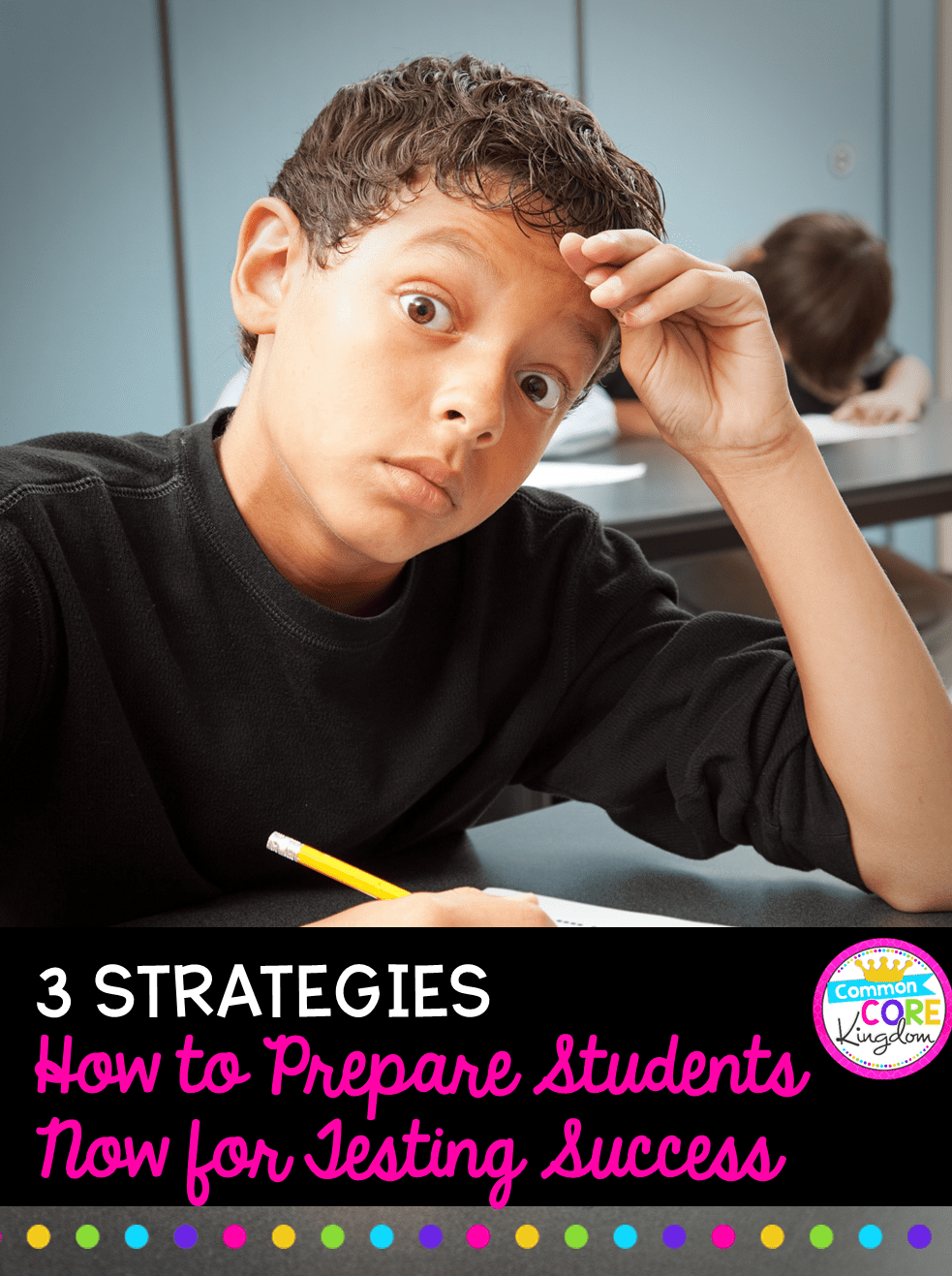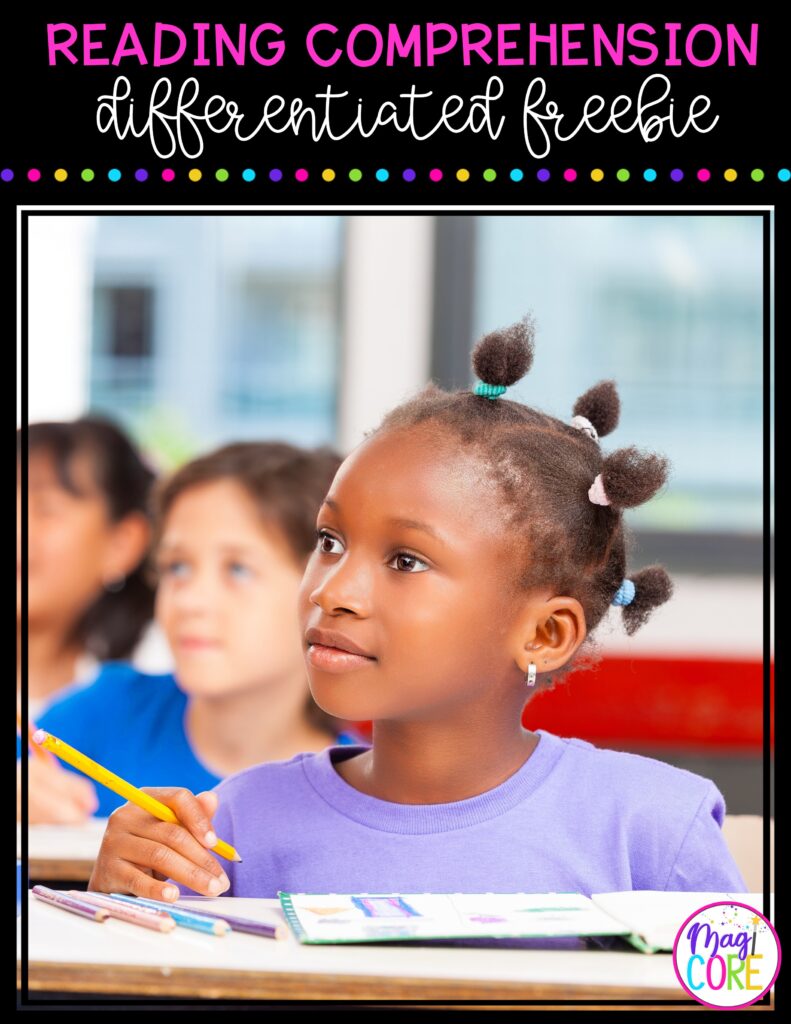No matter the time of year, teachers, students, and administrators across the country are always feeling the pressure to prepare their students for standardized testing. Standardized test results carry so many consequences for teachers, schools, and districts that it sometimes can feel like the ONLY priority. I struggled to balance the pressures of standardized test results with effective instruction in 4th, 5th and 2nd grade environments. I discovered three important strategies that can be implemented throughout the entire year to help drive great test results without focusing solely on test prep. I’m sharing them with you because I believe these strategies can improve test results in your classroom.
When I taught fourth and fifth grade, the focus on data and preparing students for testing seemed relentless. Like many others, I believe that teaching is so much more than student performance on a test – so I decided to move to second grade to try to reduce the testing pressures that I experienced while teaching fourth and fifth grade.
After moving to the second grade, I was shocked to see that the focus on standardized testing was still there! While not as extreme as upper elementary, I still felt continuous responsibility toward students’ future test results. But I knew that teaching solely for test scores isn’t effective for teachers or students.
Throughout my teaching career, I loved to work with students to become better readers. Whether it was helping reluctant readers find engaging texts or teaching comprehension strategies, I loved helping students find their path to becoming lifelong readers.
When I started teaching second grade, I quickly noticed that many of my students weren’t ready to perform on standardized tests because they weren’t strong enough readers. They lacked key reading comprehension skills that were necessary to perform well. I started focusing on preparing students to become better readers. Students who are better readers are better test-takers – which means less pressure when they entered the third grade. I realized the importance of three things.
Almost every teacher, no matter what elementary grade they teach, can attest to how hard it is to get their students to use text evidence to support their answer choices. This is not a skill that should be taught only in upper elementary when preparing for standardized tests.
This is a skill that you can start as young as preschool! When reading to young children for enjoyment, you should stop to discuss what is happening in the text. Ask young children why they think what they think by pointing to the pictures. I do this with my two-year-old by asking questions like, “How does the little girl in the story feel?” If she tells me she is sad, I ask her to point to the picture that shows me she is sad.
In first grade, students should be able to circle or underline places in the picture and/or text to support their answers to literal questions. By second grade, students can be trained to find not only explicit answers in the text, but the evidence that supports implicit conclusions they draw. If this is done consistently throughout first and second grade, it should be automatic for upper elementary students.
Not to say, students won’t try to take the “lazy” way out and avoid going back into the text. As a teacher, it is important to constantly expect your students to support their answers and never take anything less. I always refused to accept a paper from a student that did not have their answer underlined. It soon became a habit for my students to prove their answers. Of course, this also takes constant modeling on the teacher’s part as well.
You’re probably thinking, “How boring! I want reading to be fun for my students.” While teaching and expecting students to use text evidence can be daunting, it can certainly be made fun. I recommend, when using a printable passage, you let students use color. My students always had a pencil box of rainbow colored pencils, and they would underline their answers in corresponding colors. You’d be amazed by how much more engaged students become when you add coloring. This also makes it super easy for you to check that they are using text evidence! During independent reading, I would ask my students to use sticky notes to jot down their thinking. They would then place their sticky notes in their journal and have them ready to discuss with me during conferences. I did not expect or require them to do this all the time though. That will take the joy out of reading. The ultimate goal, after all, is for students to be able to internalize their thinking. When we read a book, we don’t write down every question or thought we have. It just comes naturally to us.
Once this process becomes a habit for your class, you will see it really doesn’t take the “fun” out of reading. Students start to enjoy their reading more because they are analyzing text and thinking more deeply.

Of course, we want our students to love reading, so we need to use high-interest texts! Use books and articles on topics that will interest your students. Find nonfiction books on topics your kids are interested in.
In my comprehension units, I try to include high interest scientific, historical, and other topics kids will want to know more about. When selecting fiction, I often choose books and passages about kids that kids can relate to easily.
Differentiation is super important. We all know that. We need kids to repeatedly read text that is on their reading level so they can enjoy and comprehend the text without getting frustrated. However, there is a time and place to have students practice reading and responding to grade-level text even if it is too difficult for them. If we use appropriate modeling and plenty of guided practice, many of our kids who read below level can sufficiently analyze grade-level texts. After all, they will be encountering these texts on standardized testing anyway.
We don’t want any student to feel overwhelmed and insecure when testing comes. I have found that by teaching even our low readers a set of clear steps to tackle grade-level text, they can often be successful. It was for this purpose that I created my standards base comprehension packets in the first place. Remember that high-interest passages also motivate below level students to read more and to successfully comprehend more rigorous text.
With that being said, it is important to offer plenty of guidance through reteaching and small groups before students are set off to work on above-level text independently. It is also important to note, if you have students who are significantly below level and have no chance of being successful with a higher-level text, you don’t want to set them up for complete failure. I always taught the inclusion class, with about one-third of my students being exceptional. Usually, I was able to get most of these students to have some success with grade-level text. I might modify some of the short response questions, or just focus on their successes with the questions they could handle. One year, I had three children who were barely reading on a Fountas and Pinnell level A. These children were not able to tackle grade-level text with any success, so I gave them alternate passages that they could be successful with.
It is important to use differentiated resources that allow you to scaffold and focus on using text evidence. If you’re looking for Lexile© leveled resources to help make using text evidence a habit, try my reading comprehension packets for fiction or nonfiction. I have packets for all standards for first, second, third, fourth, and fifth grade. They can be found in my TpT store here.
If you’re interested in improving reading fluency, check out my Fluency Blog Post for strategies to improve reading fluency and boost student confidence.

We strive to create resources that empower teachers and transform student success. We create skill-focused resources that promote critical thinking, enhance student engagement, and incorporate diversity. Our goal is to develop the tools teachers need to reach their students and foster a lifetime of learning.


2 Responses
Your blog is great. I read a lot of interesting things from it. Thank you very much for sharing. Hope you will update more news in the future.
Yahoo sign up
Hello!
Thank you for your post about the pressures of testing and testing outcomes at all grade levels. I found it interesting how you switched to a lower grade level hoping to ease the pressure of testing outcomes, yet the pressure was still there even at a lower grade level. I also appreciate how you highlighted strategies that could be used at all points in the year, not just before standardized testing points in the year to teach curriculum and prepare students for standardized testing. High interest text are a great way to engage students with reading, and they will also be able to connect better with topics they are interested in thus improving learning outcomes!